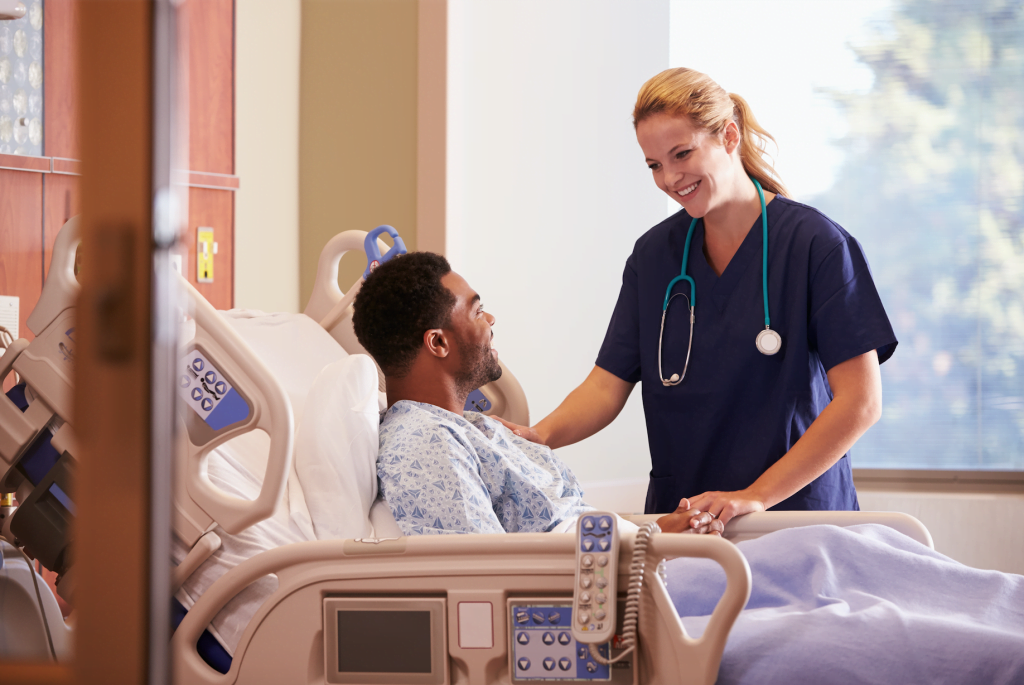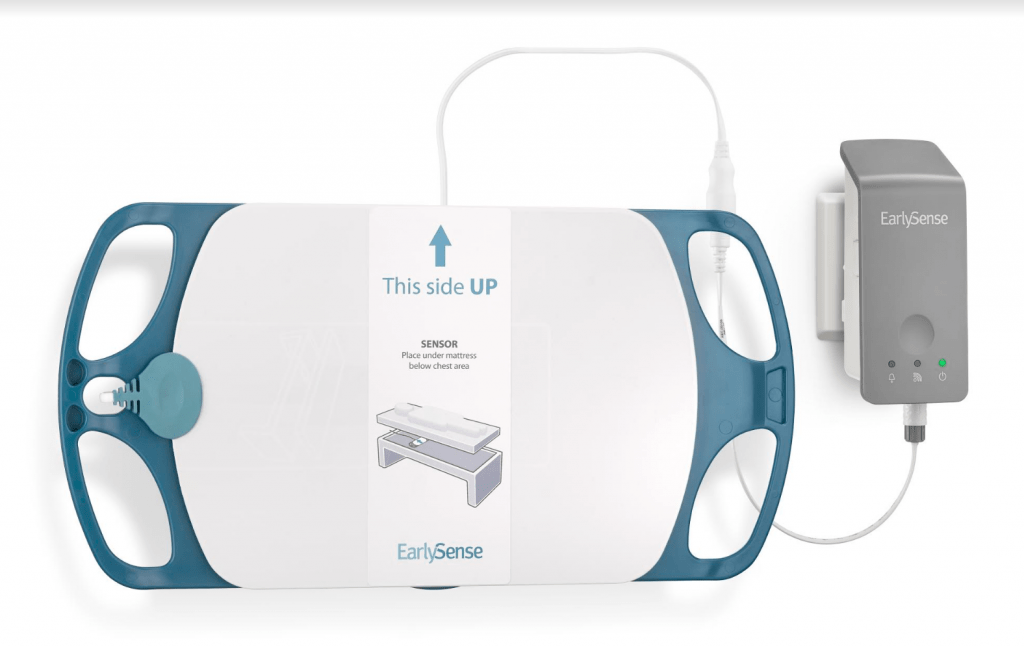According to USAID, Sub-Saharan Africa has the world’s highest newborn death rate of 34 per 1,000 births. In 2017, UNICEF estimated 1.04 million neonatal deaths in the region, accounting for nearly a fifth of under-five deaths globally.
In an effort to combat the region’s extreme infant mortality rates, Israeli medical technology company, EarlySense, is deploying its market-leading patient monitoring platform in Nairobi, Kenya.
EarlySense was selected by international nonprofit, Save The Children, to monitor newborns’ vital signs as part of a pilot project supported by the Bill & Melinda Gates Foundation. The company’s contact-free, piezoelectric sensors will be used to measure infants’ respiratory rate, heart rate, and any type of motion, detecting dangers such as rib-cage movement and heart contractions without disturbing or coming into contact with the infant.
EarlySense is set to test the devices on two samples of 30 neonates, including pre-terms with a minimum weight of 1 kilogram. In the first phase, the sensors will be tested at Khan University – Nairobi, where the company will focus on proving the accuracy of their sensors relative to older contact-based reference monitors. Later, EarlySense will deploy the devices at Pumwani Maternity Hospital where they will rely on clinicians’ feedback to verify the ability of healthcare providers in typical low-resource areas to accept and effectively use the technology.
If the program proves successful, the company will consider a subsequent commercial phase wherein the technology would become affordable and accessible in other low-middle income countries.
“The ultimate goal is simple […] We developed a new technology to help clinicians save lives and the objective is to have as many use the technology as possible,” EarlySense Co-founder and CEO Avner Halperin tells NoCamels.
Founded in 2004, EarlySense has since helped clinicians monitor over 1 million patients. Their contactless sensors eliminate the need to install complex wired devices, saving doctors time and allowing the technology to be effective at scale.
“By being able to monitor patients with a simple, convenient solution with no setup and – critically important – a very low false alarm rate, it makes it realistic to monitor all patients,” says Halperin. For higher risk patients, EarlySense sensors can be supplemented with EKG monitors, oximetry sensors, and other specialized devices for more in-depth monitoring.
EarlySense collects 1 million times more data than traditional patient monitoring technology and has been nicknamed by some “the Google of continuous vital signs” for building what Halperin believes is the world’s largest database of continuous vital signs.
“Before a sensor like ours is installed, a patient’s vital signs are measured once every 6 hours. We replace that by measuring [vital signs] 100 times every minute […] This generates very valuable and rich data that allows for a personalized baseline for the patient and the detection of the smallest early warning signs,” he explains.
Using advanced data analytics, EarlySense sensors ensure the accurate detection of any changes in patient condition and preemptively alert clinicians to adverse events, such as falls and pressure ulcers.
Sign up for our free weekly newsletter
SubscribeThe company’s data-heavy approach to patient monitoring poses a significant challenge to doctors, whose jobs are consistently made more difficult by excessive patient alarms: the more data collected, the more difficult the analysis.
Halperin describes that, “One of the biggest challenges that clinicians have today is that they get too many alerts, what we call alarm fatigue, or the cry wolf syndrome,” adding that the best solution involves more than just strong computer processing. “The only way to do this is predictive analytics, or AI – learning from the huge dataset of patient history what type of information requires real attention from clinicians.”
Many medical professionals struggle with the sensors’ lack of patient-contact, as well as their general simplicity, after having spent their careers training with conventional devices.
“You have to generate a strong body of proof from different angles for clinicians to accept completely new technology that, initially, seems impossible to work […] Really only when you have the combination of published clinical data, testimonials from leading clinicians and other sites that they can refer to do clinicians become willing to implement our system on a wide scale,” Halperin states.
Halperin assures that clinicians’ jobs are quickly made easier once they learn to trust the efficacy of the EarlySense platform, which he believes to be comprehensive for monitoring patients not in intensive care or cardiology departments: “On the average hospital floor, our solution provides all the monitoring they require.”
As hospitals across the world suffer from intense overcrowding, EarlySense supports the movement of in-hospital patients to more comfortable post-acute sites.
“Many sites use our system to keep patients, who, in the past, needed to be hospitalized, out of the hospital in these simpler, more convenient, lower cost environments like nursing homes,” says Halperin.
Ideally, he concludes, EarlySense will define the future of patient care by allowing more patients than ever to be cared for at home.
“As the population ages, one of the key challenges facing our society is to empower patients, their families, and their loved ones to care for them in their home environment as much as possible. If you want to keep someone at home – especially people who have chronic, cardiac, respiratory, COPD CHF, and other conditions – you need to be able to monitor them effectively and accurately and detect when they need intervention before it requires hospitalization.”
Related posts

Israeli Medical Technologies That Could Change The World

Rehabilitation Nation: Israeli Innovation On Road To Healing






Facebook comments